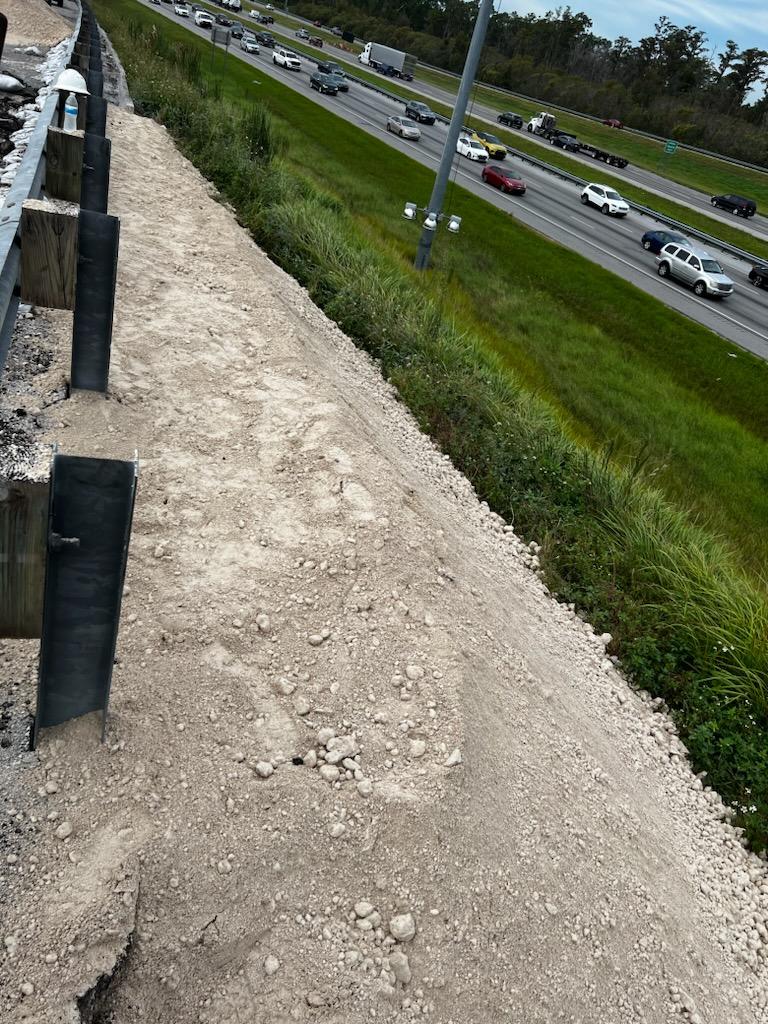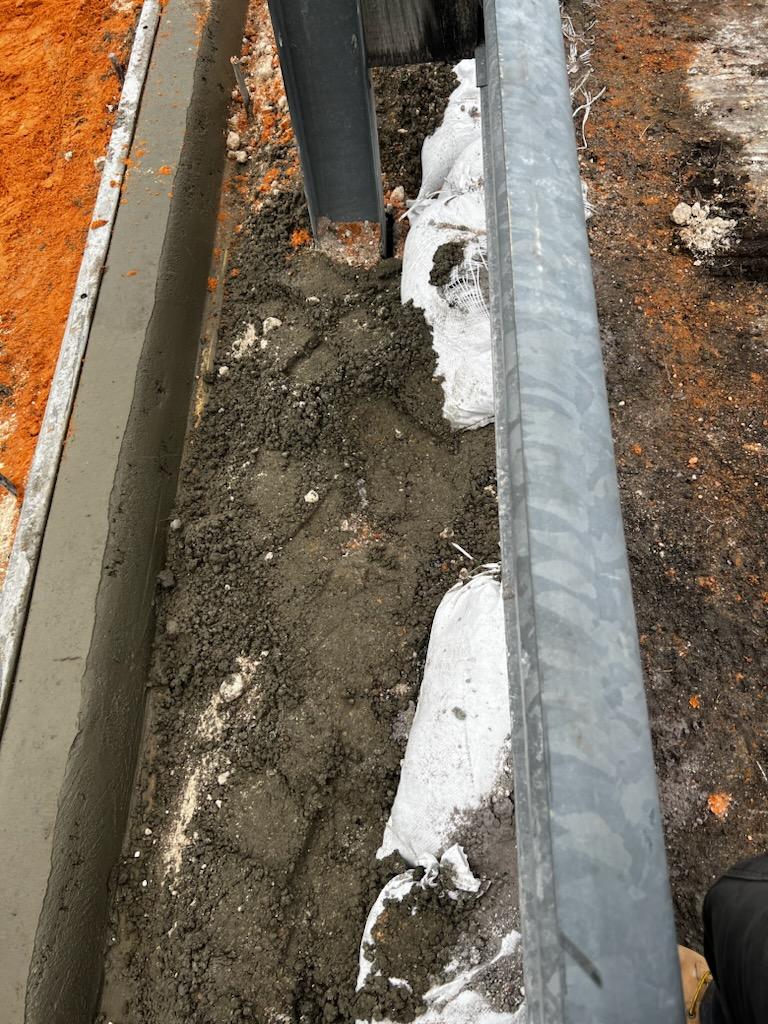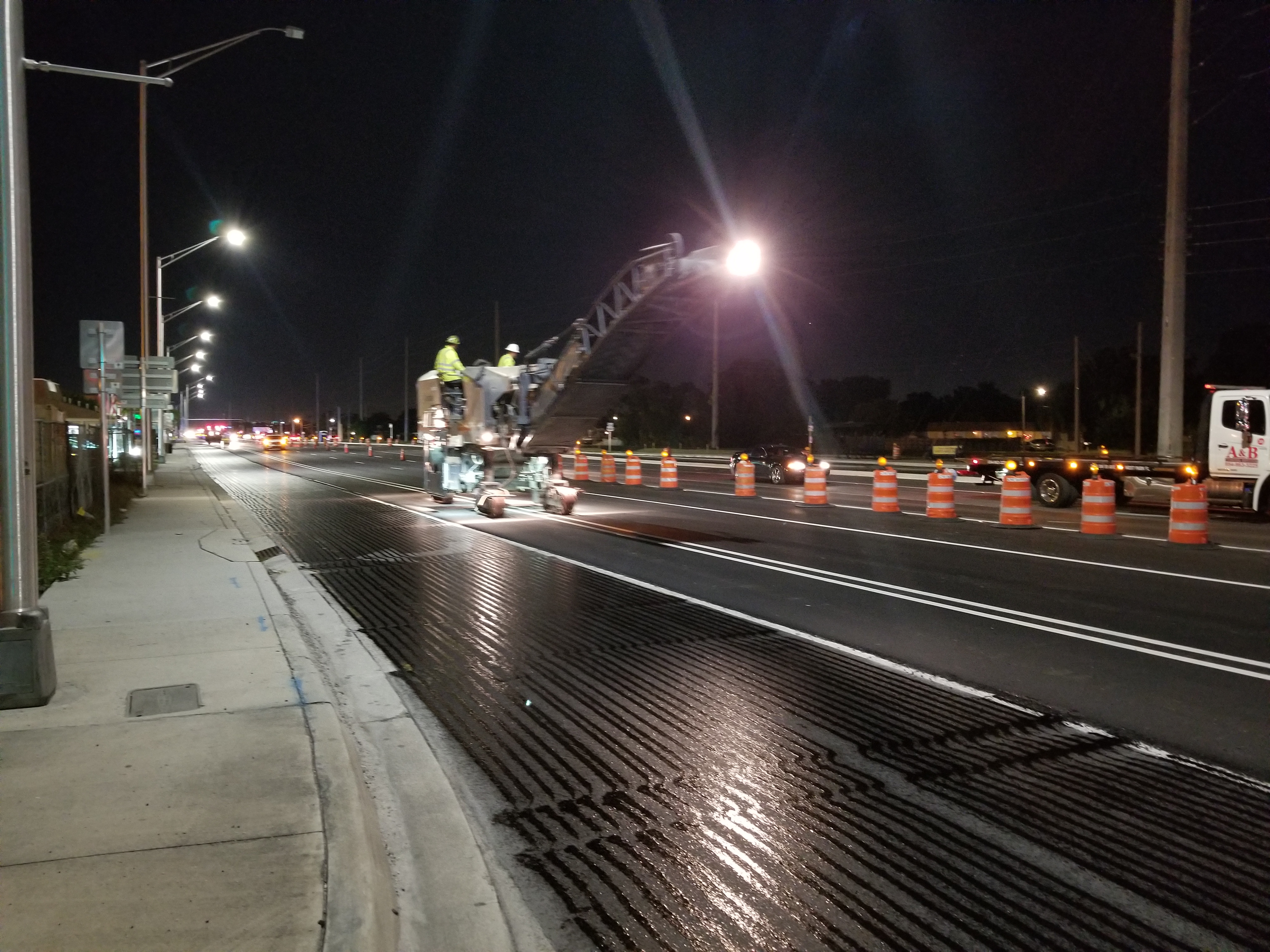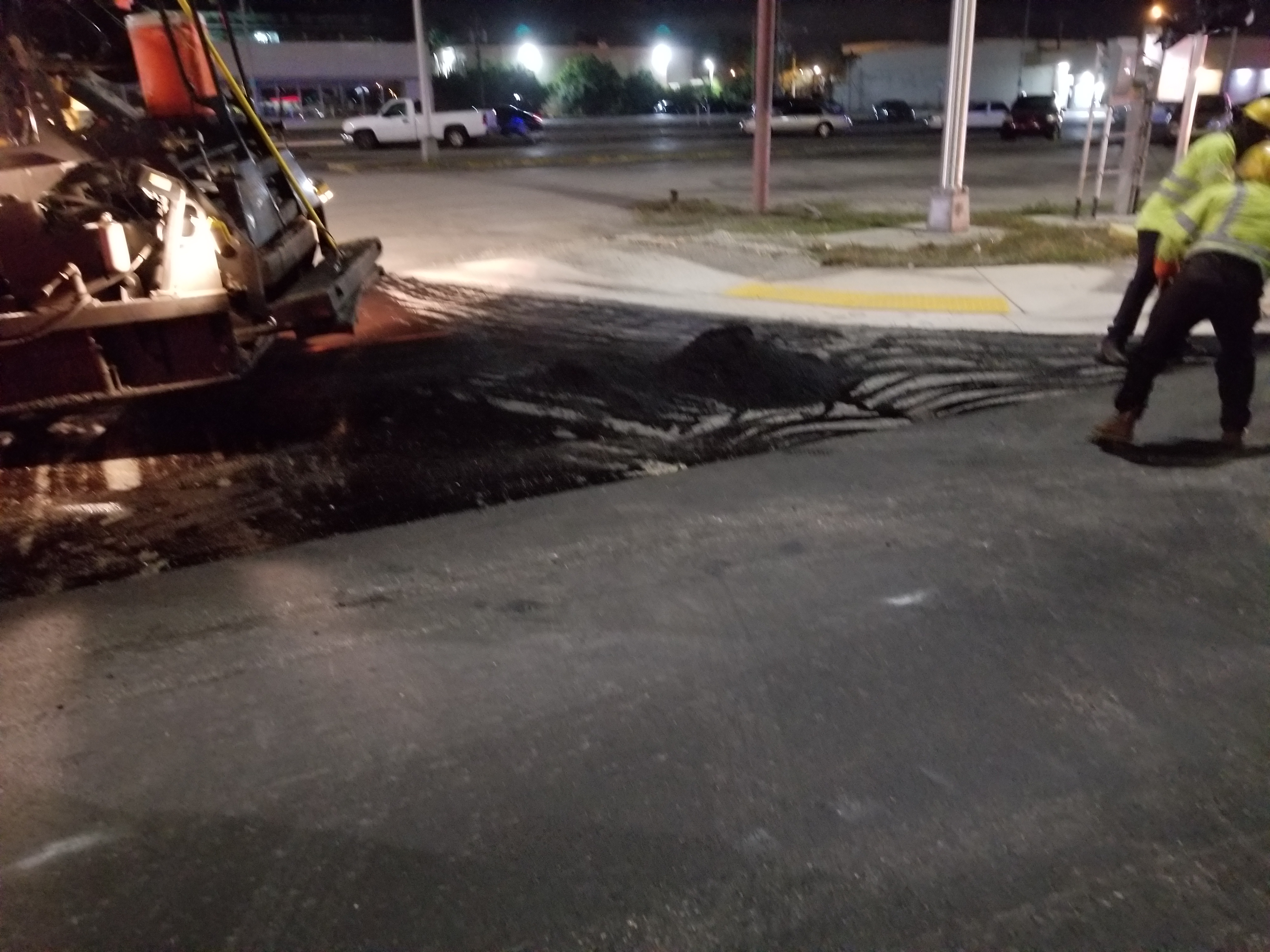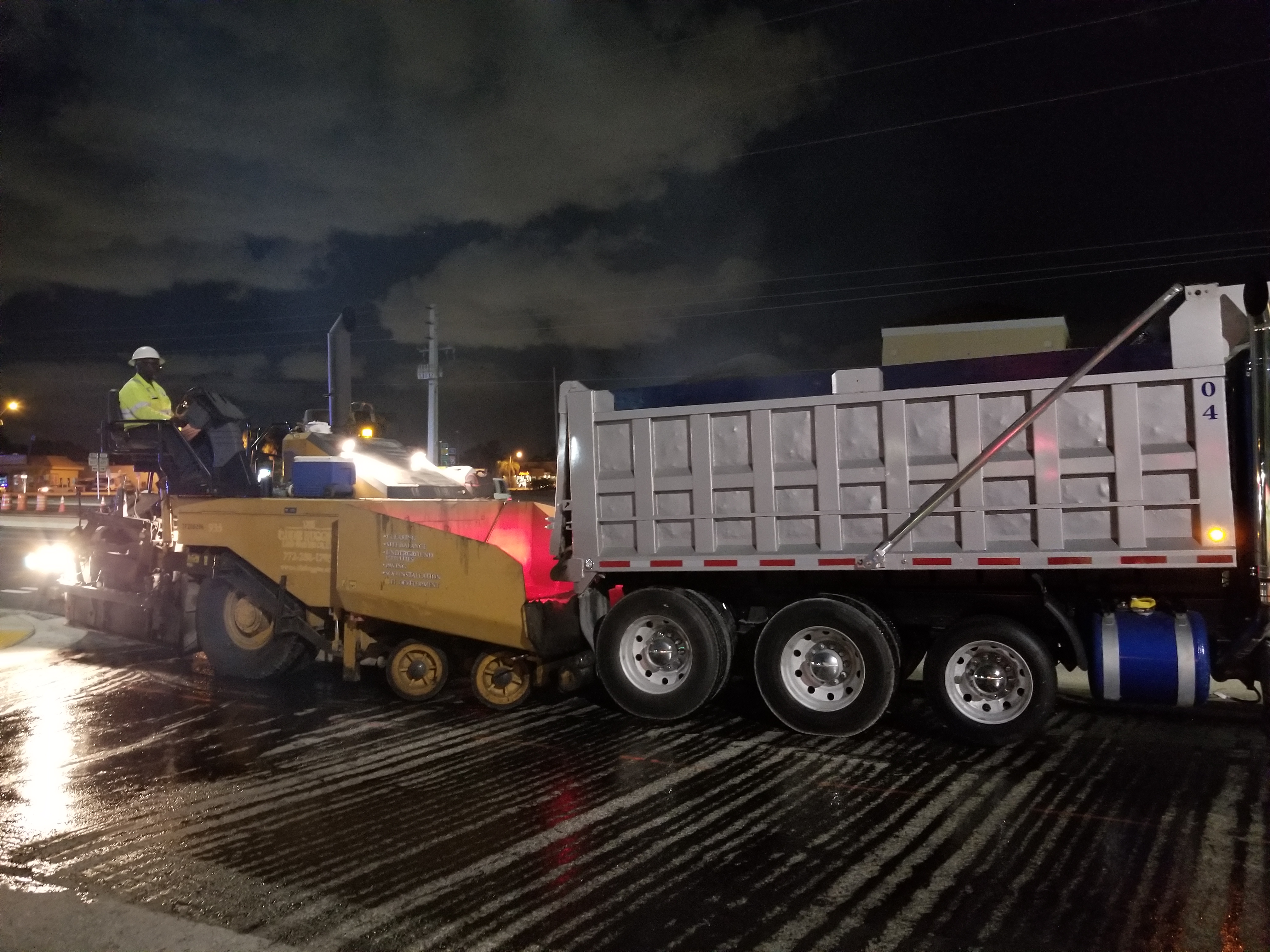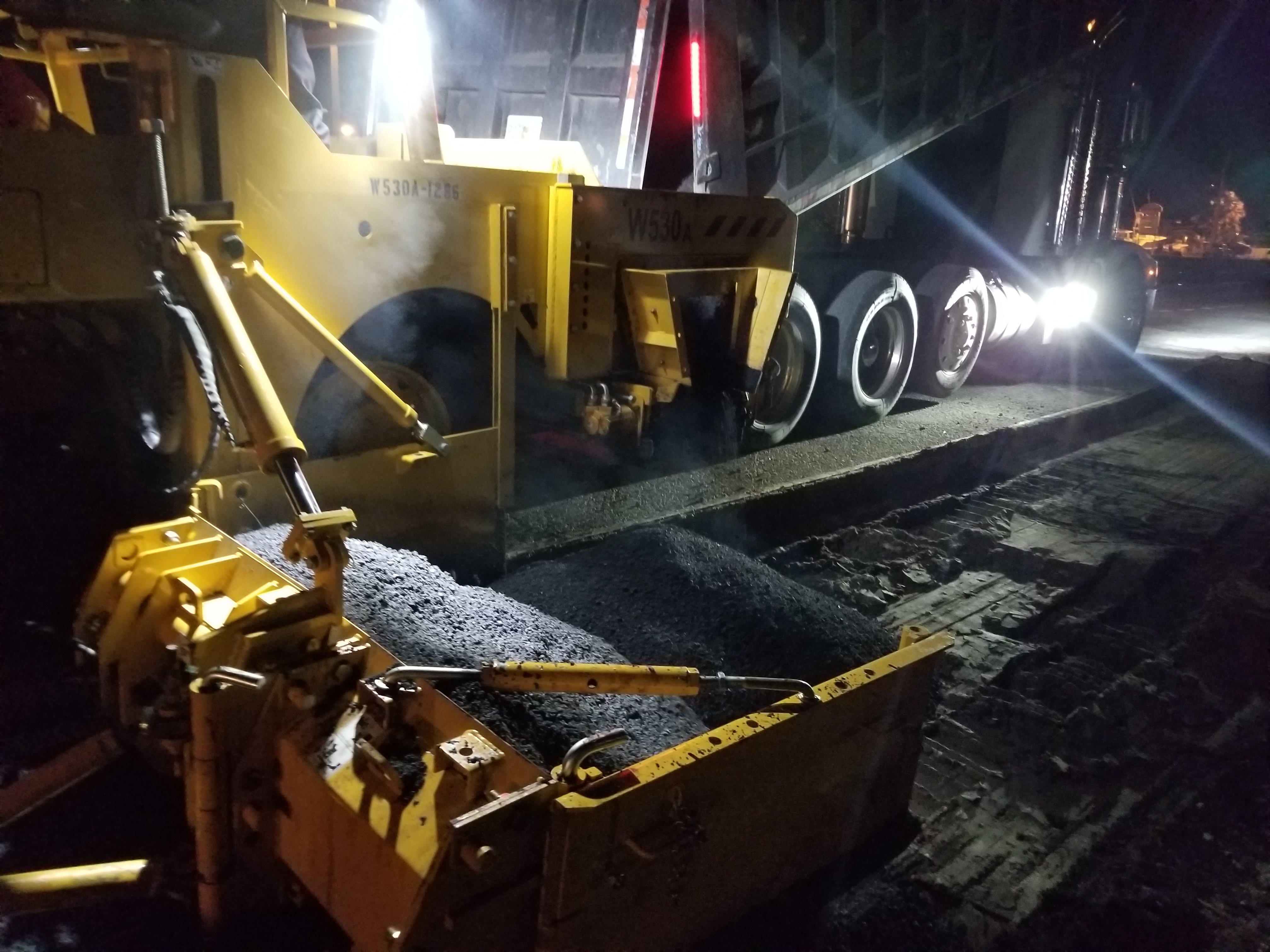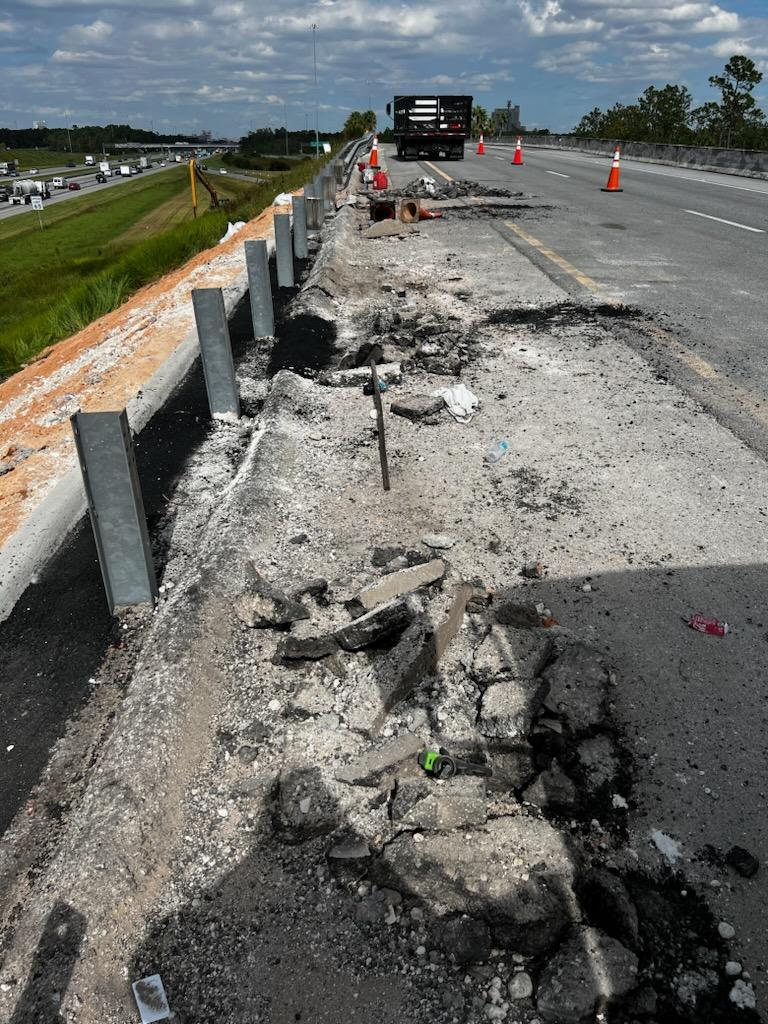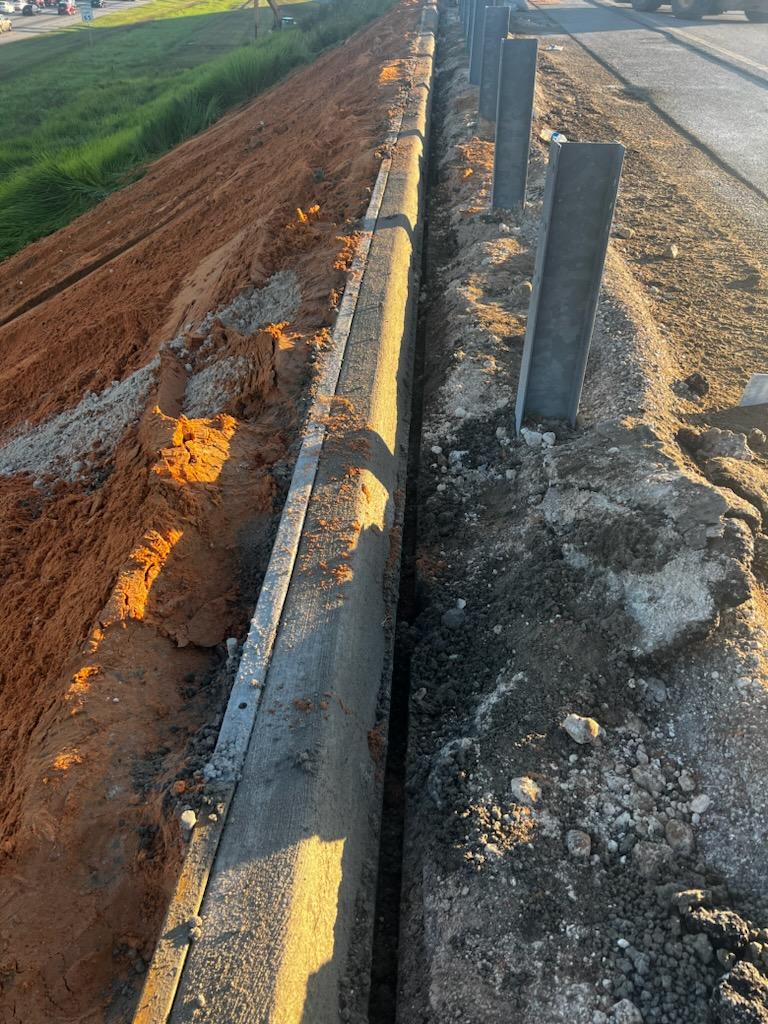It is highly beneficial to maintain asphalt while it is still in fair condition. Early upkeep helps prevent small issues from becoming major problems that could require the complete removal and replacement of the pavement slab.
If your asphalt is showing small cracks or uneven surfaces, it’s time to take action—either by reversing the damage or replacing the affected foundation with a properly designed one. To determine the right repair, the source of the problem must first be identified.
Poor Drainage: When water pools on the surface, the asphalt loses strength and becomes prone to cracking or shifting. The surrounding area may need to be properly graded so water flows to a catch basin or drain field.
Nearby Tree Roots: Roots can push up and damage the pavement. In this case, roots may need to be pruned or removed, and a bio-barrier or curbing installed to prevent further issues. Planning ahead is key to avoiding recurring damage.
Poor Base Conditions: If the limerock base layer beneath the asphalt was not laid properly or has deteriorated, it will continue to weaken the pavement. Replacing or correcting the base layer ensures durability and long-term stability.
Sinkholes Beneath the Surface: When a sinkhole forms, excavation down to its source is required. The hole must be filled, and the surface repaved to restore safety and stability.
Exposure to Caustic Chemicals: If asphalt has been damaged by chemicals, the affected area should be completely removed and replaced. Left untreated, the damage will spread, making repairs more costly and complicated.
Once the problems have been identified and the plan of action approved, the repair process begins.
Cutting and Removal: The damaged asphalt is saw-cut and removed, isolating the specific repair area.
Compaction and Grading: The exposed base is compacted and graded to ensure the correct level and elevation. When necessary, additional limerock is added to reach the proper depth.
Surface Preparation: A DOT-approved tack coat is applied, creating strong adhesion between the new asphalt and the existing surface.
Asphalt Installation: DOT-approved hot mix asphalt is placed and spread evenly. A 3–5 ton vibratory roller is then used to compact the patch to the proper height.
Final Finishing: A plate compactor or hand tamper ensures the patch bonds seamlessly with surrounding pavement, leaving a smooth, uniform finish.
